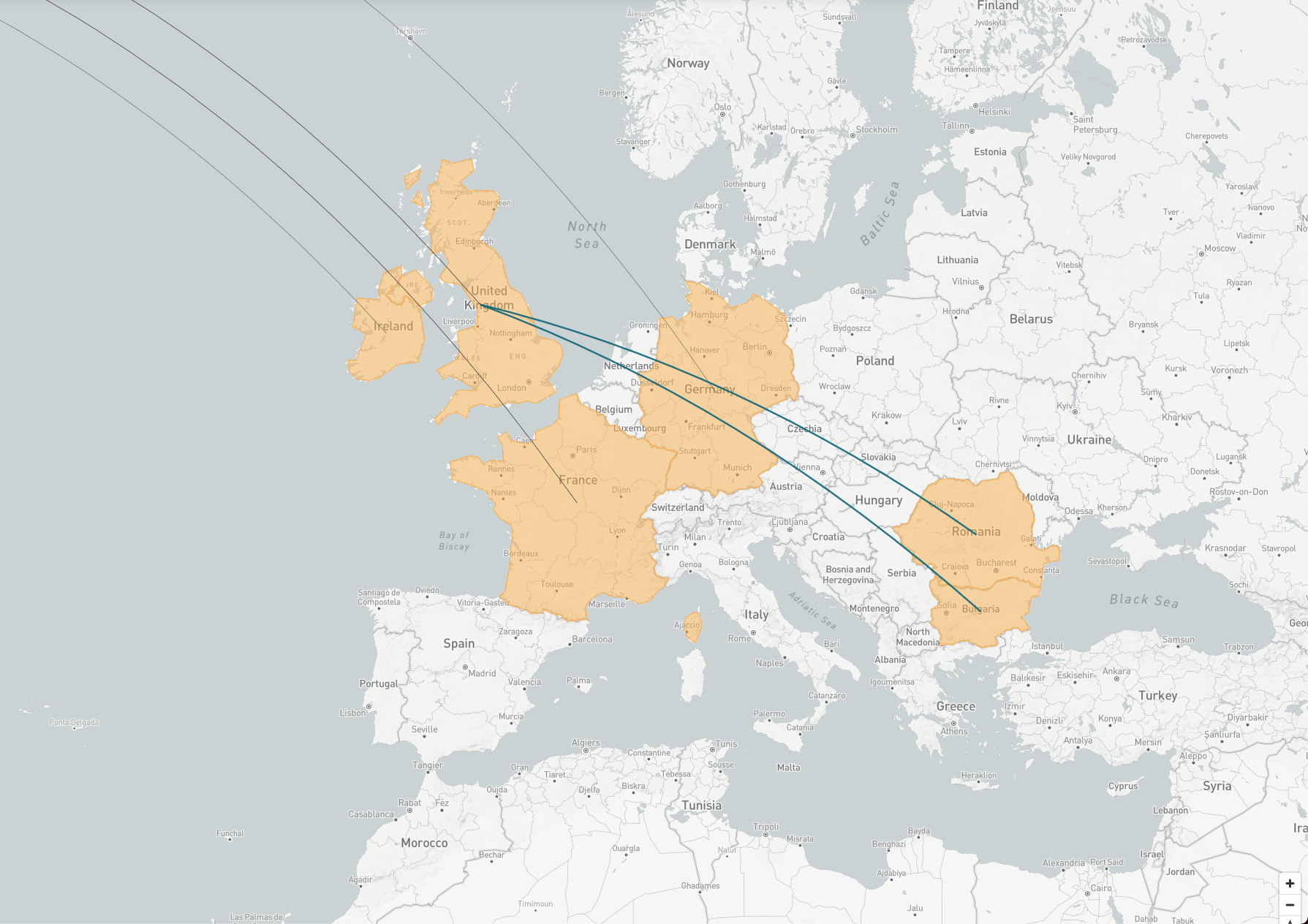- Country of destination: United Kingdom
- Country of origin: Predominately Eastern Europe and Asia
- Sectors: Tourism and Hospitality
- Skill level: Hospitality and food processing
- Timeline: 2003 - 2013
- Number of beneficiaries: 3,500 per year
Overview
The Sectors Based Scheme was introduced in 2003 to help address shortages in the hospitality (hotel and catering) and food-processing (fish, meat, and mushroom) sectors. Although the scheme was open to people from all countries, most applicants came from Eastern Europe and Asia. The scheme was terminated in 2013.
Why was it started?
The United Kingdom’s hospitality and food-processing sectors suffer from significant shortages of workers. The Sectors Based Scheme was developed to help employers fill vacancies with qualified workers from countries outside the European Union (EU).
How did it work?
Initially, the scheme provided 20,000 visas (10,000 to each sector), which were open to people from selected non–EU countries. Countries in Eastern Europe included Belarus, Bulgaria, the Czech Republic, Hungary, Poland, Moldova, Romania, the Russian Federation, the Slovak Republic, and Ukraine. Countries in Asia included Afghanistan, Bangladesh, Bhutan, India, Iran, Maldives, Nepal, Pakistan, and Sri Lanka.
Employers sourced workers and then applied to the UK Border Agency for visas and work permits on their behalf. Workers were required to be between 18 and 30 and engaged full-time within a specific set of occupations. After a year, they could be granted permission to remain, thereby transitioning into a more permanent immigration status.
Over time, the number of visas was reduced. In 2005, hospitality was removed from the scheme. By 2007, only people from Bulgaria and Romania could apply, and the number of visas was reduced to 3,500. These changes were made to reflect declining private sector use of the scheme.
What impact did it have?
The number of firms and applicants using the scheme dropped steadily beginning in 2007, after which quotas were rarely met. The lack of takers may have reflected the facts that (1) the application process was cumbersome; (2) by providing a pathway to permanent residence, the scheme reduced the need for temporary workers; and/or (3) employers were able to freely source workers from the European Union. The government therefore determined that closing the scheme in 2013 would not have a severe impact on employers.
Recruitment within these sectors remains a challenge. Following Brexit, some industry groups asked that hospitality and food-processing jobs be added to the shortage occupation list, enabling employers to more easily hire migrants within these sectors.

